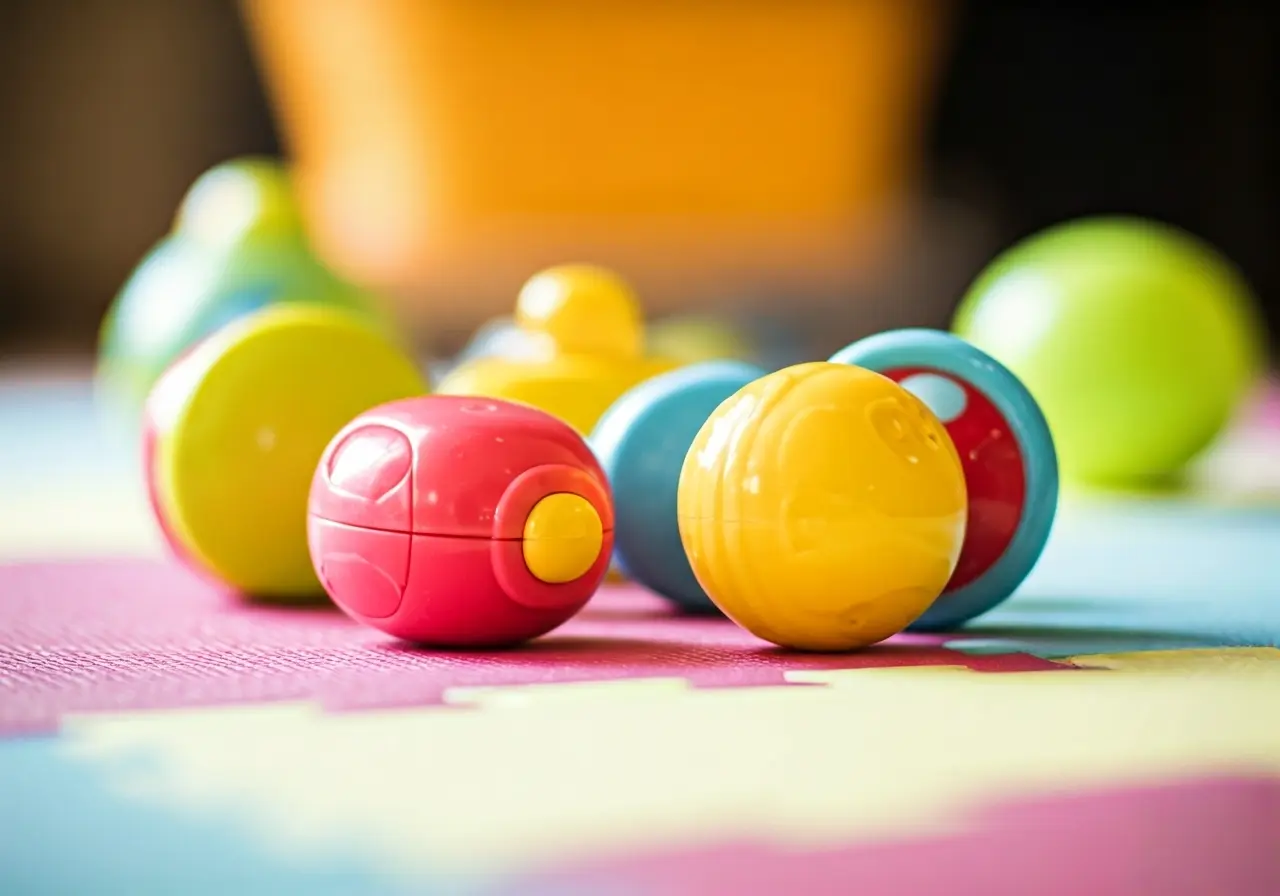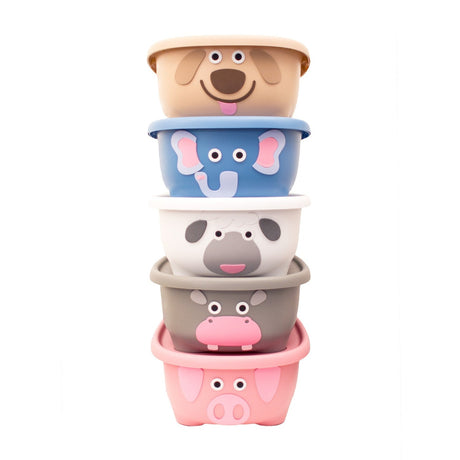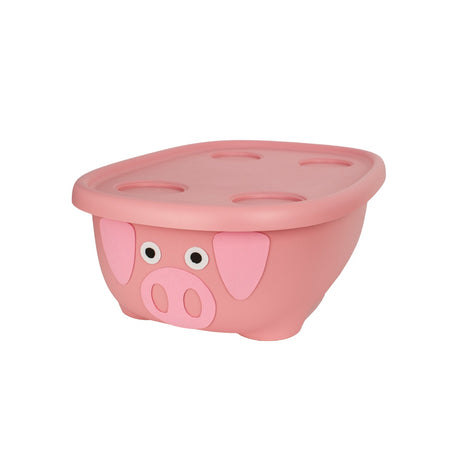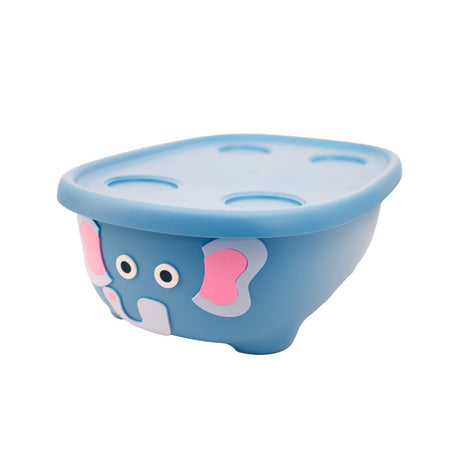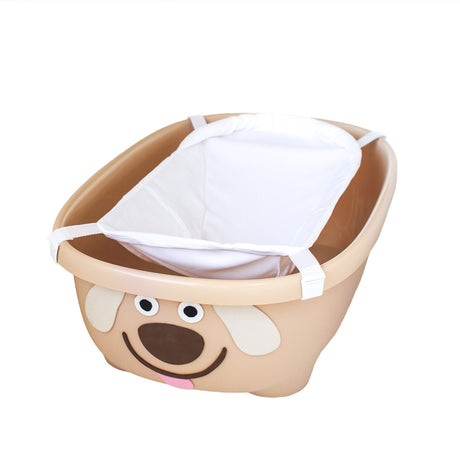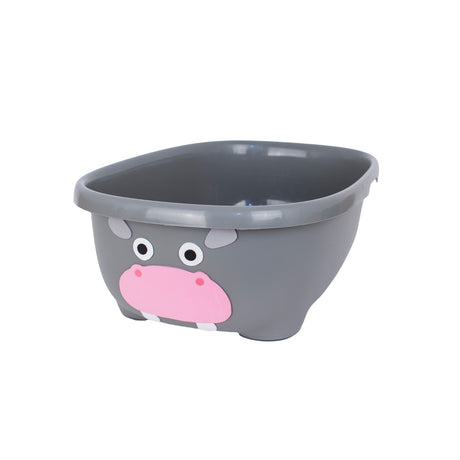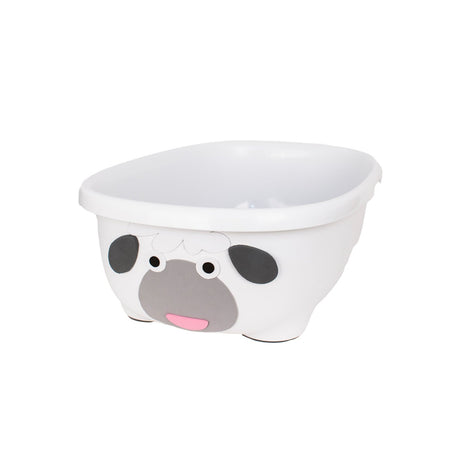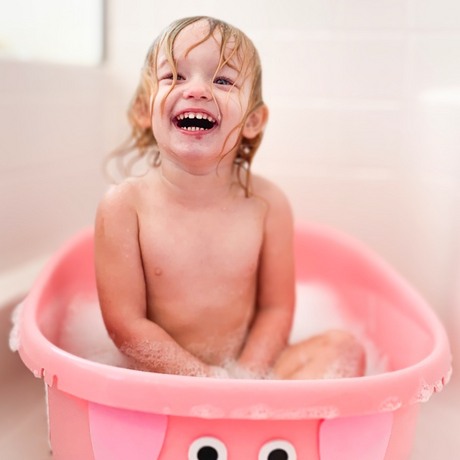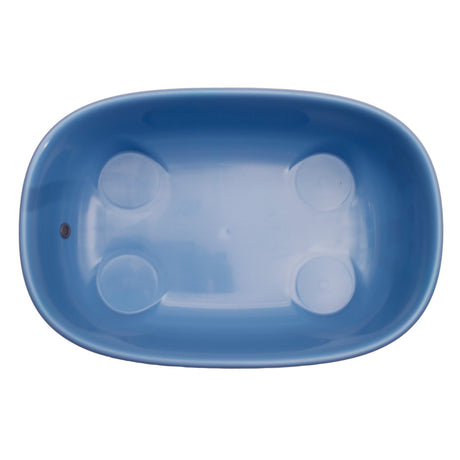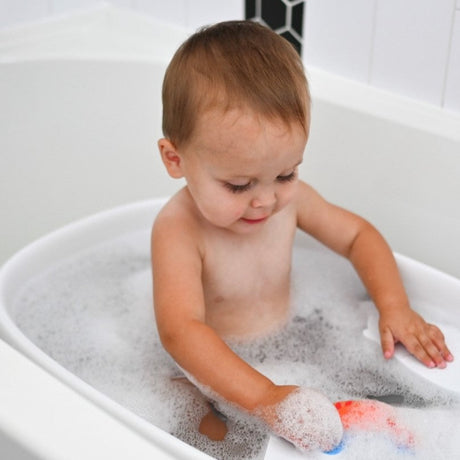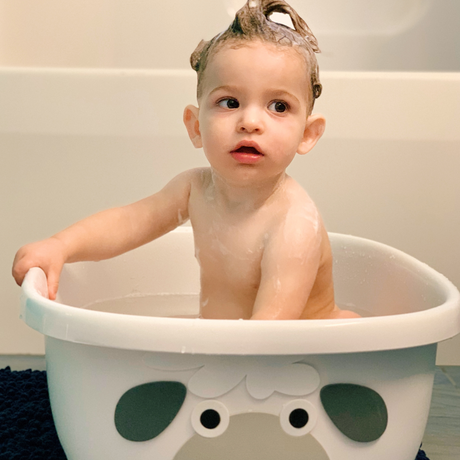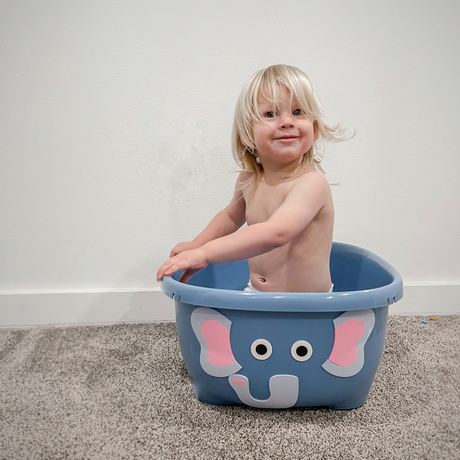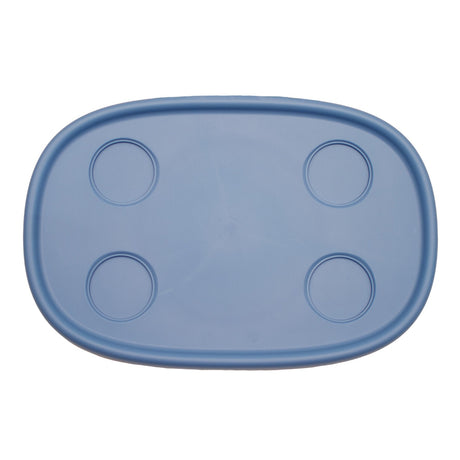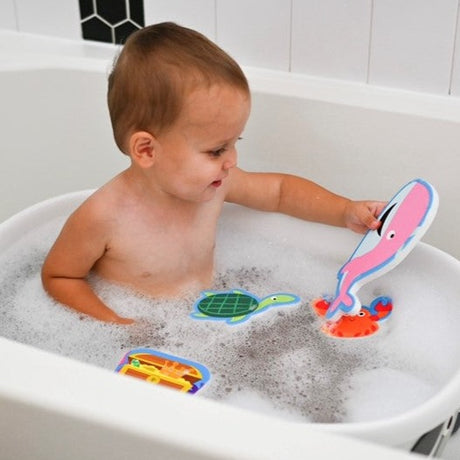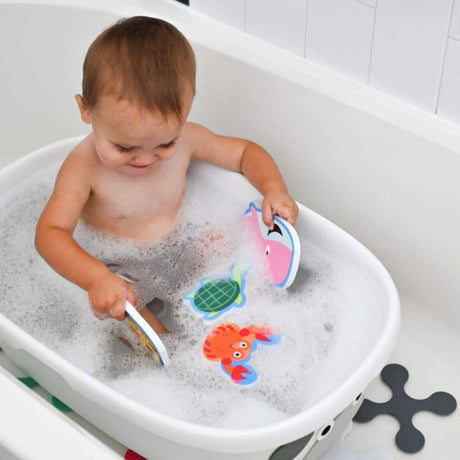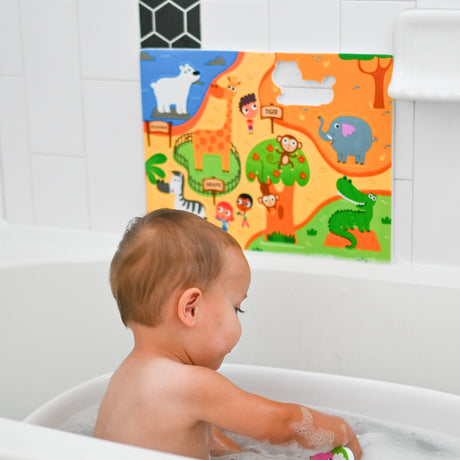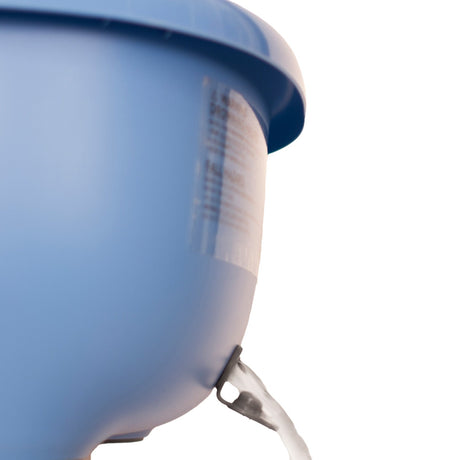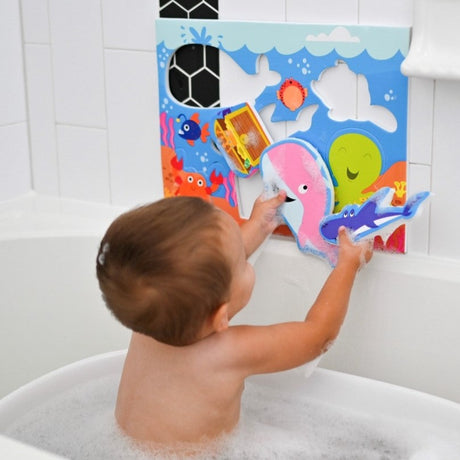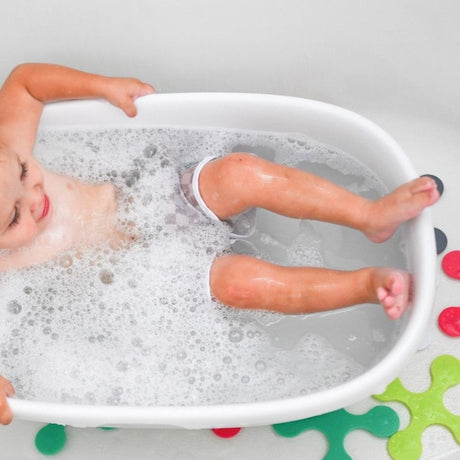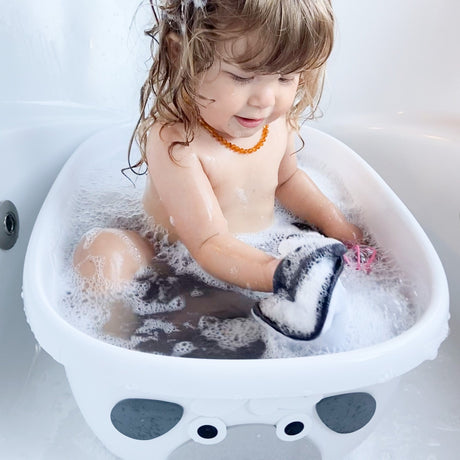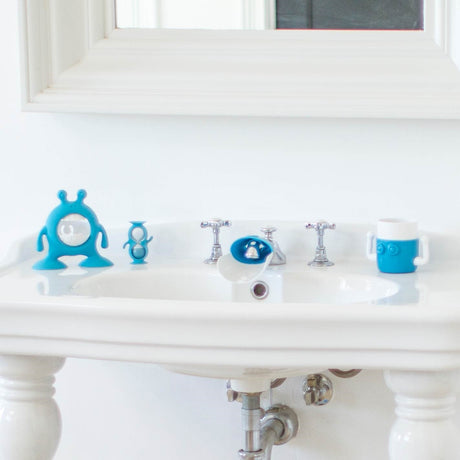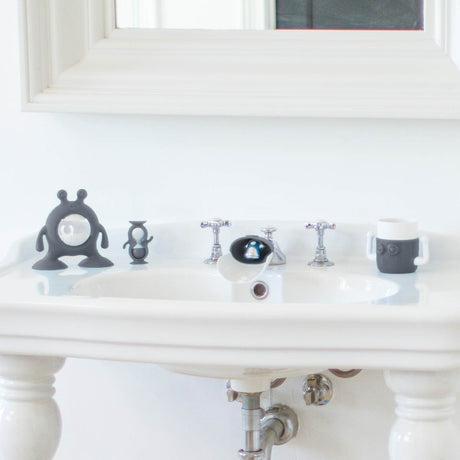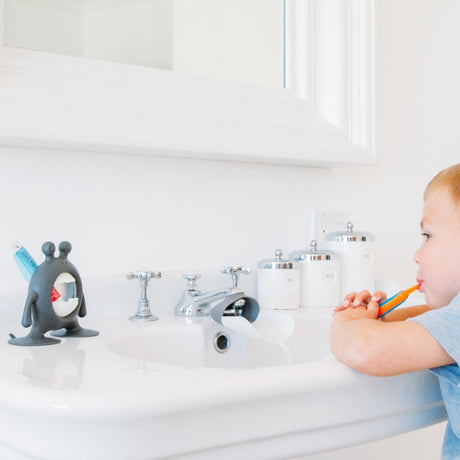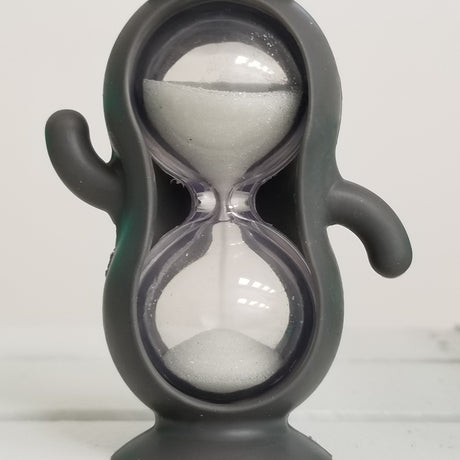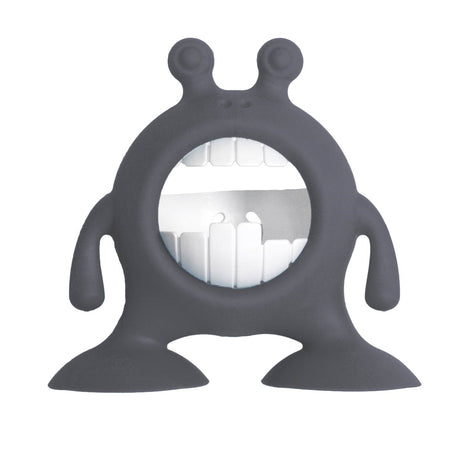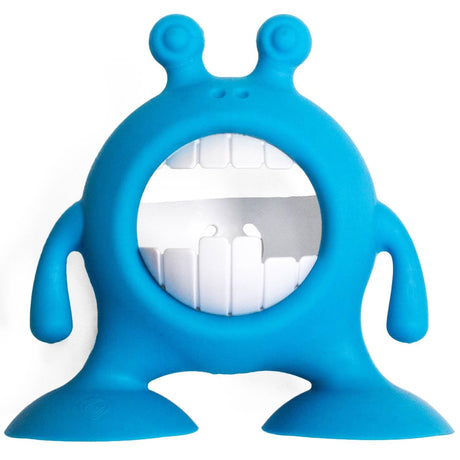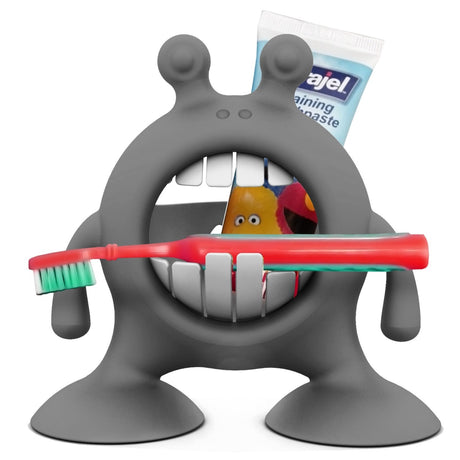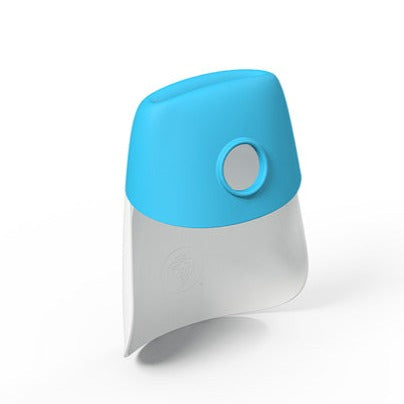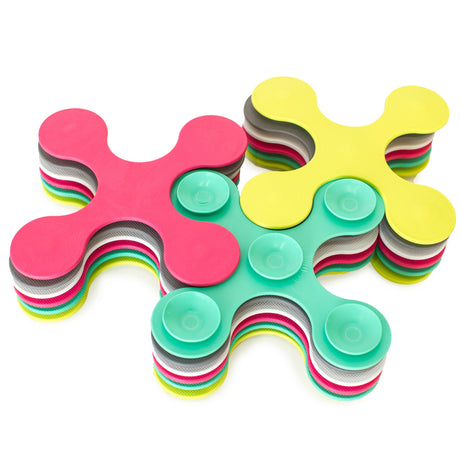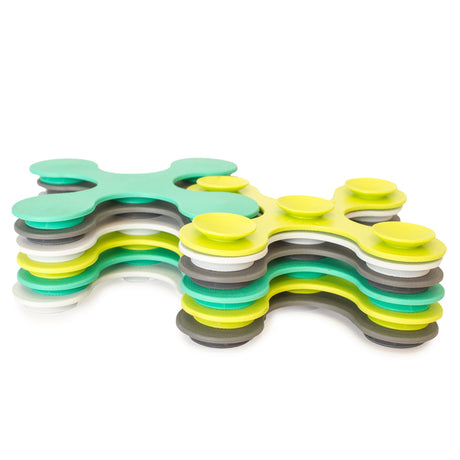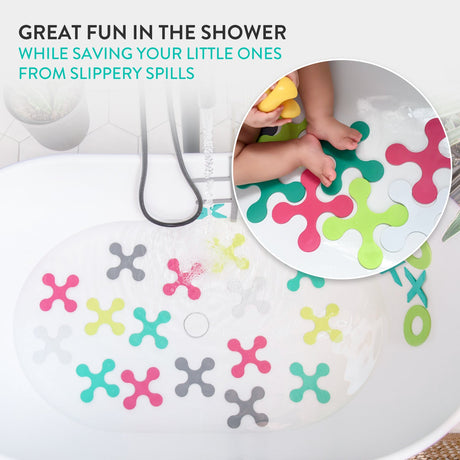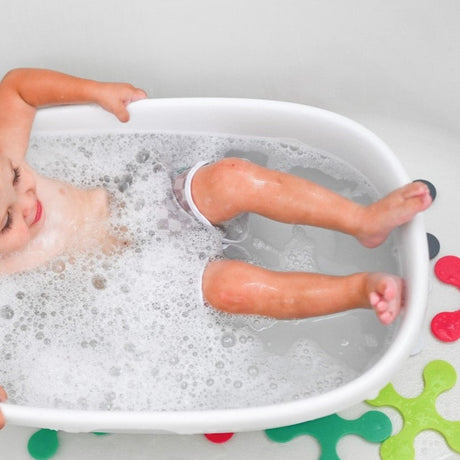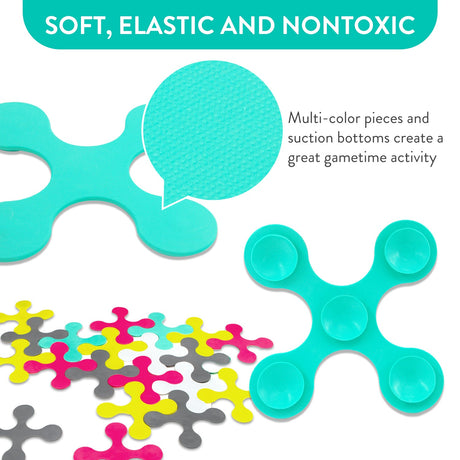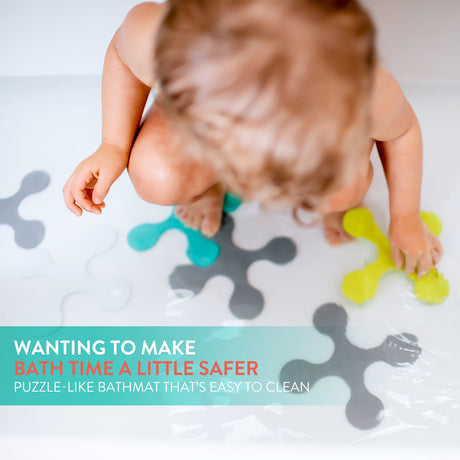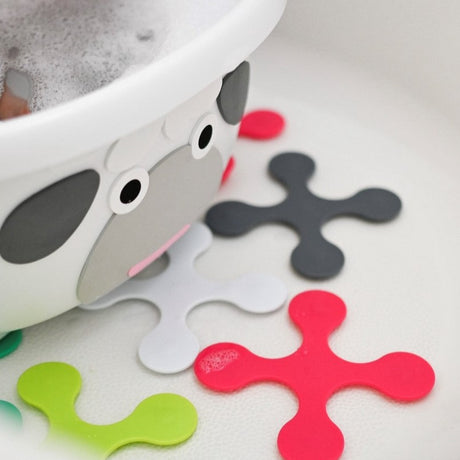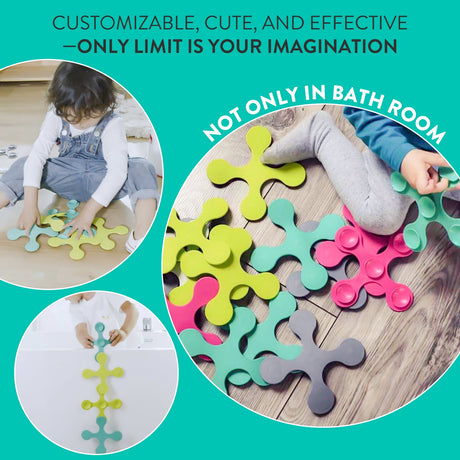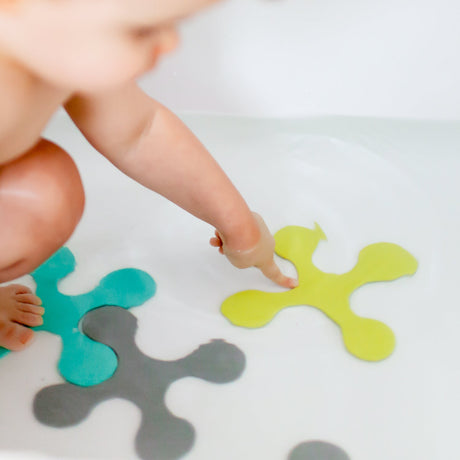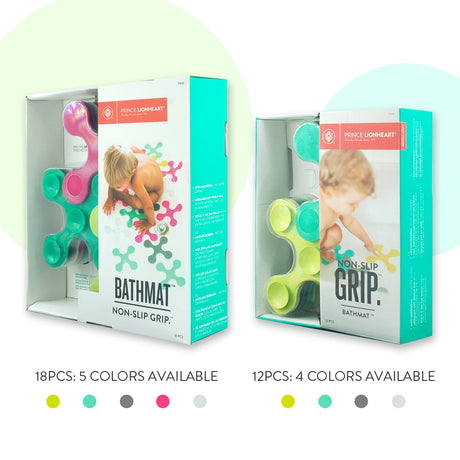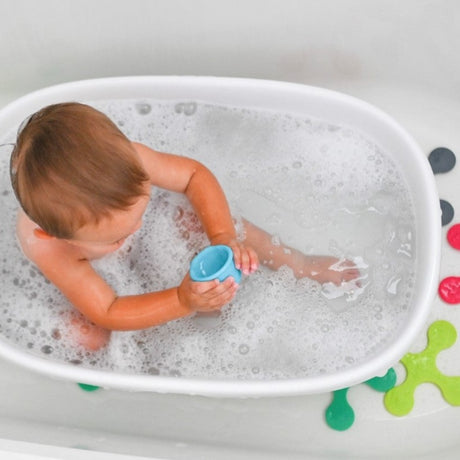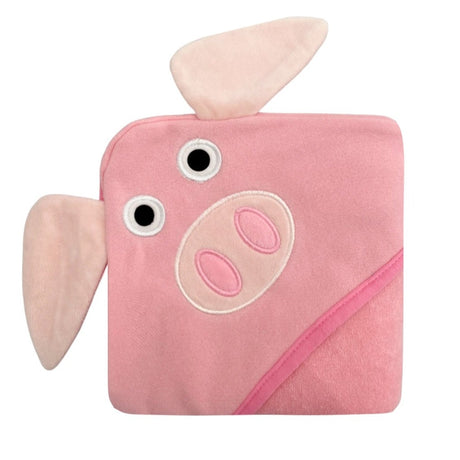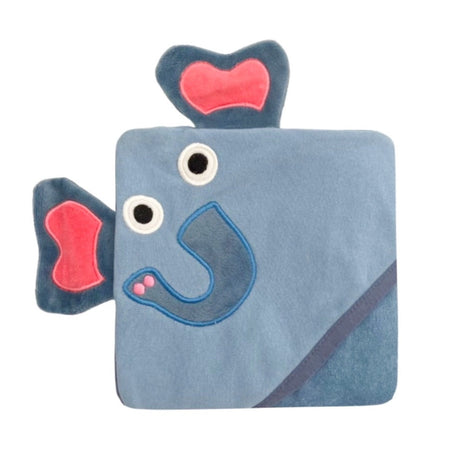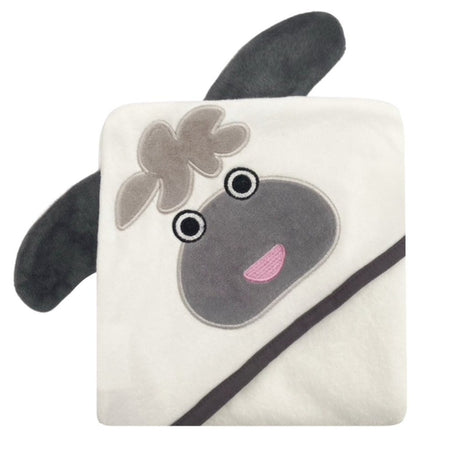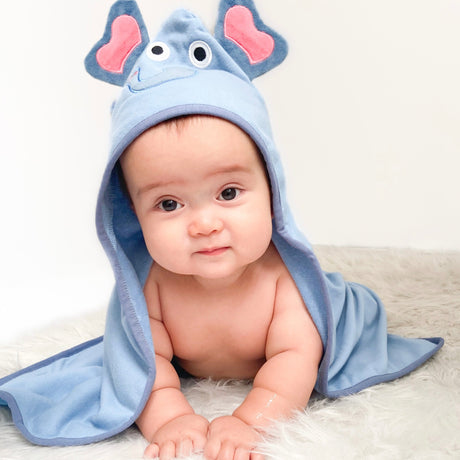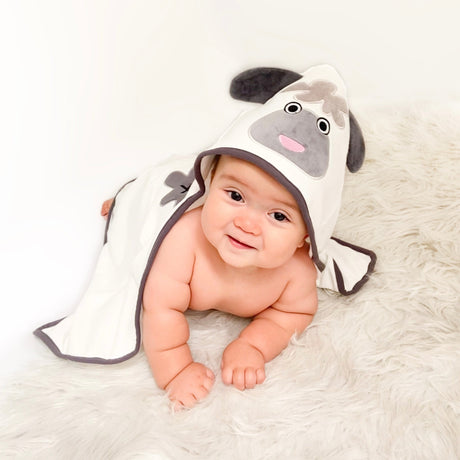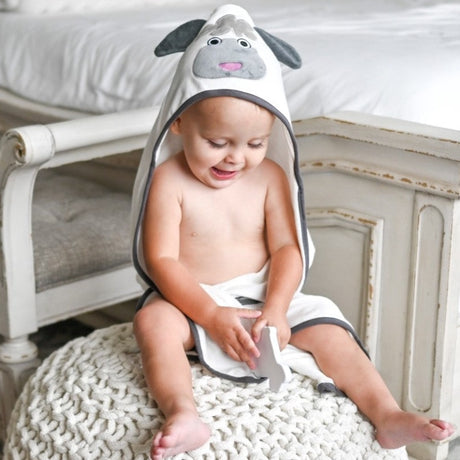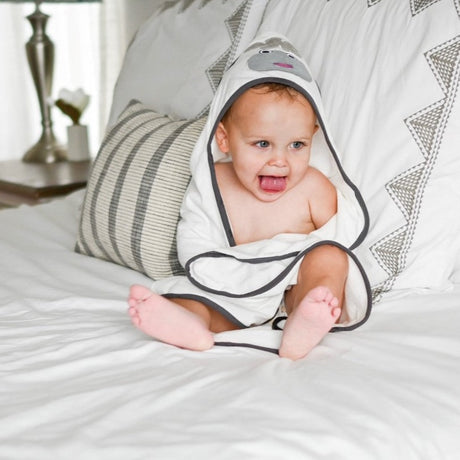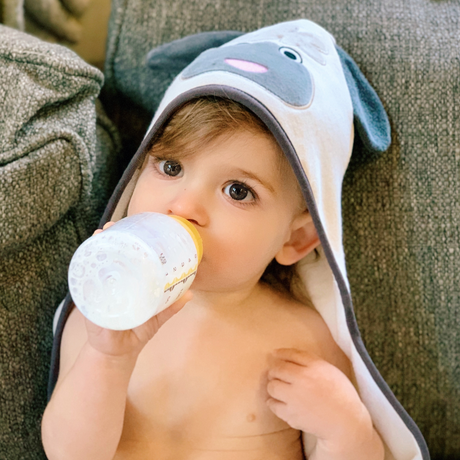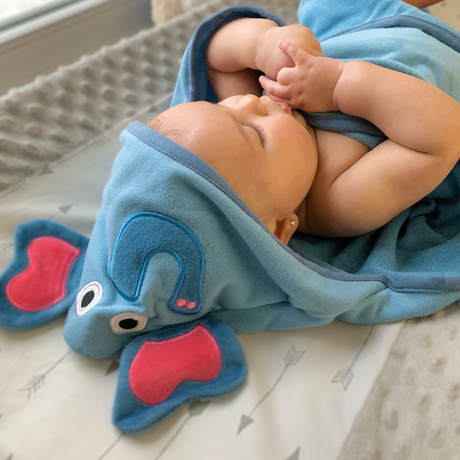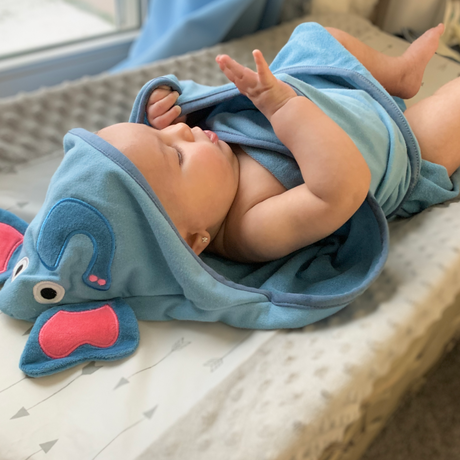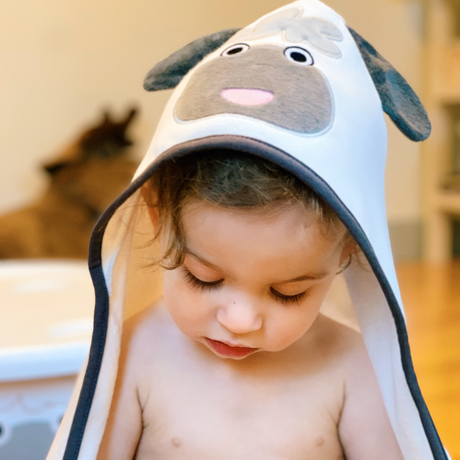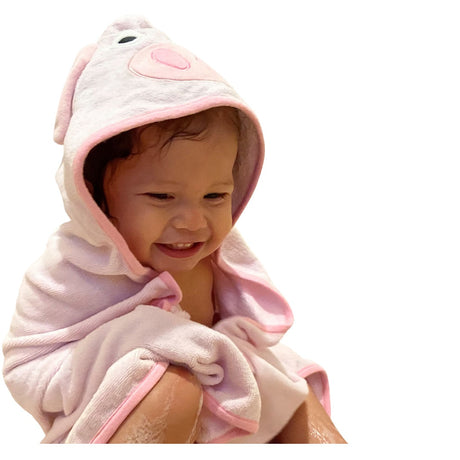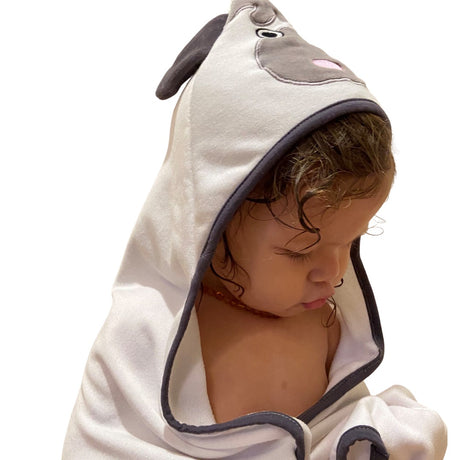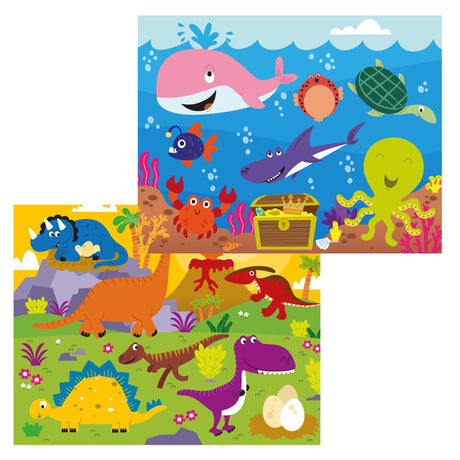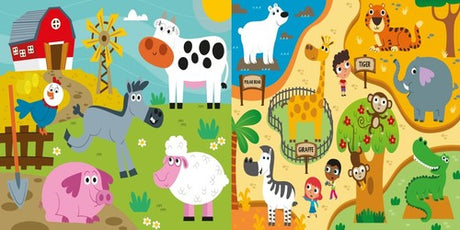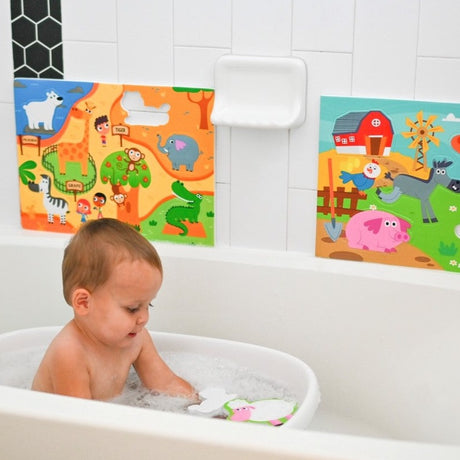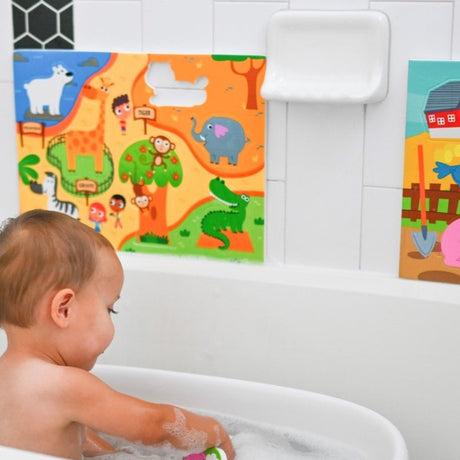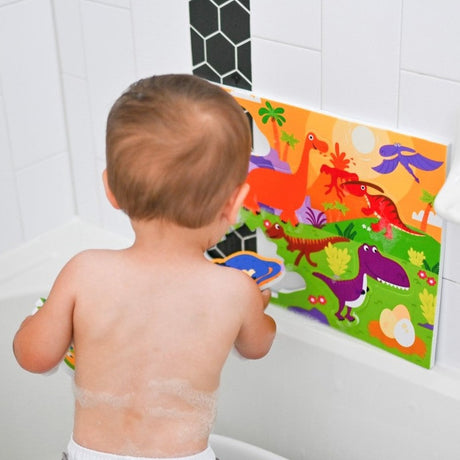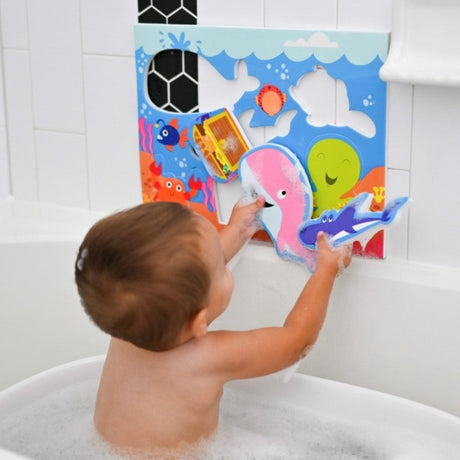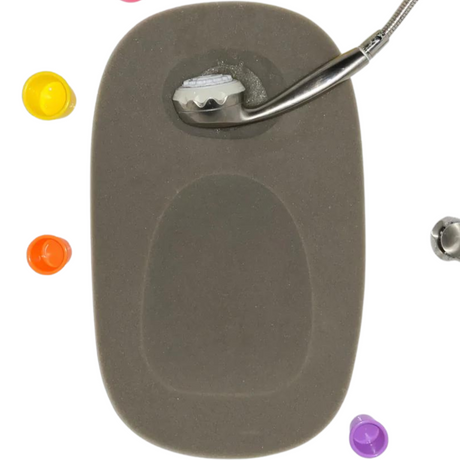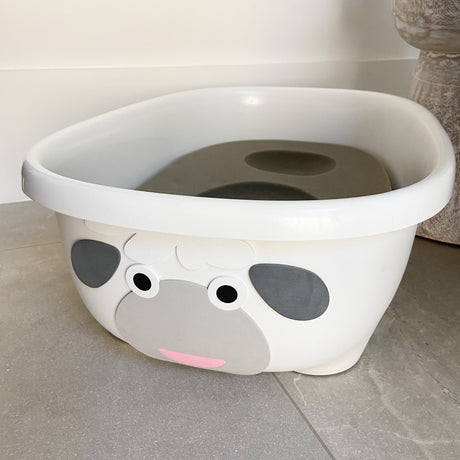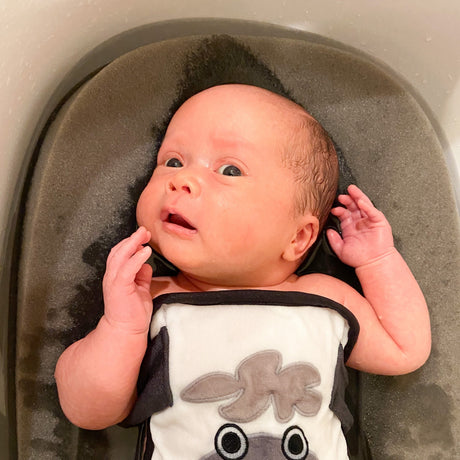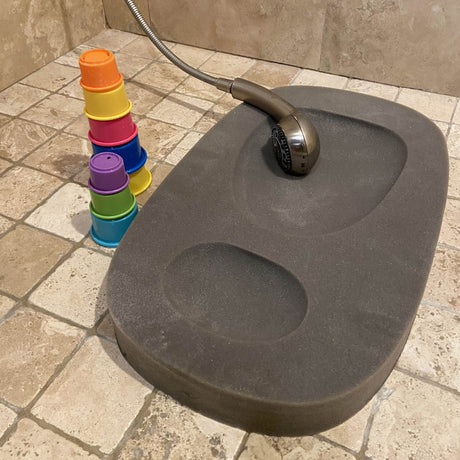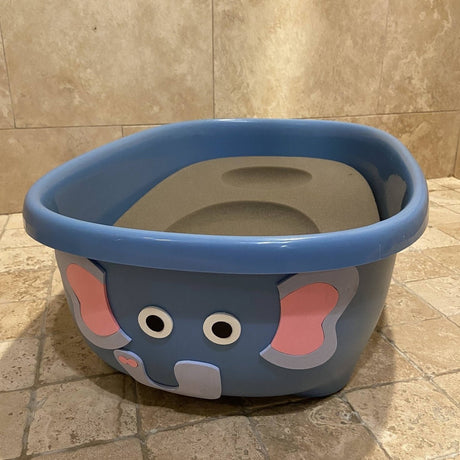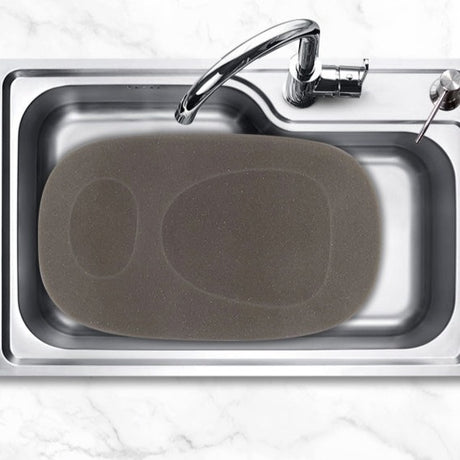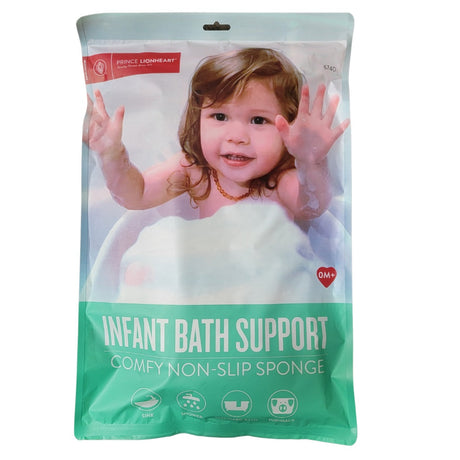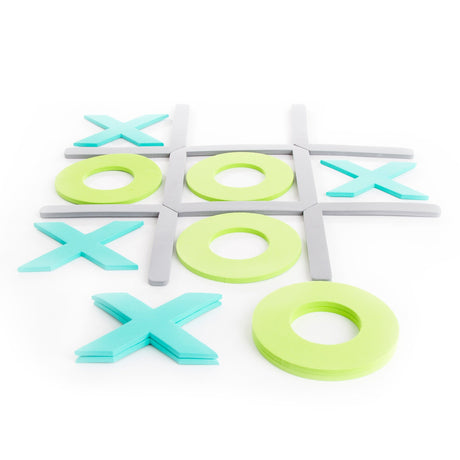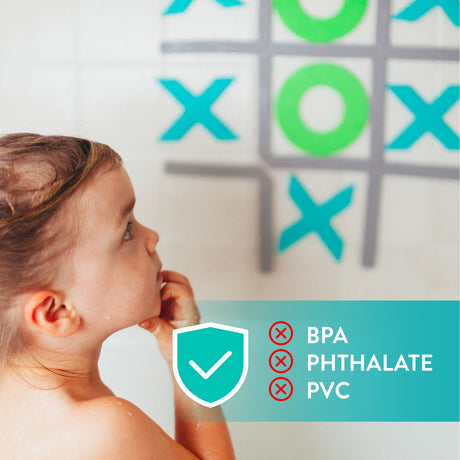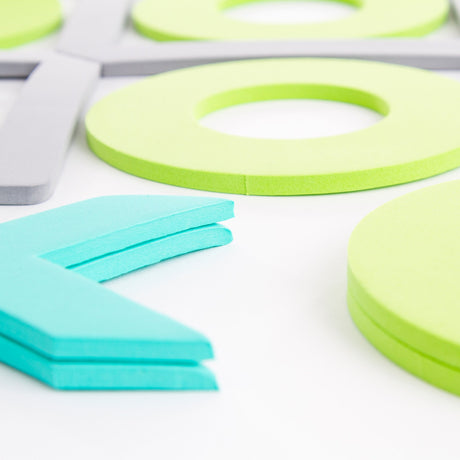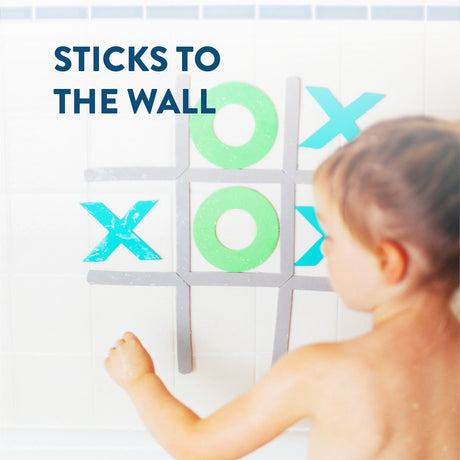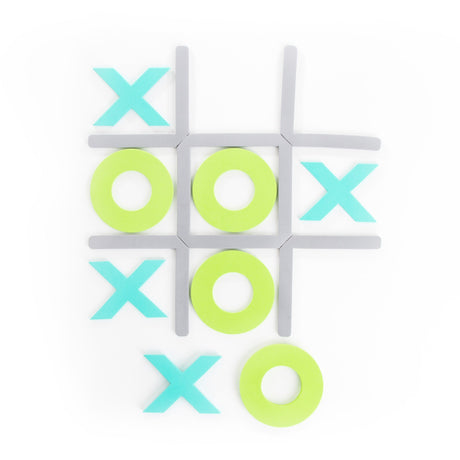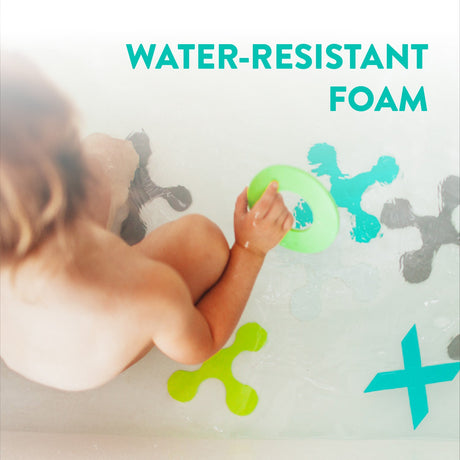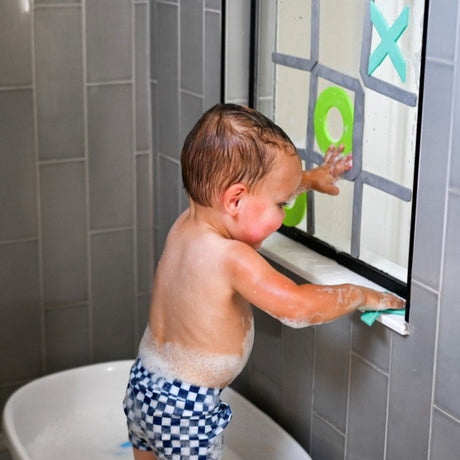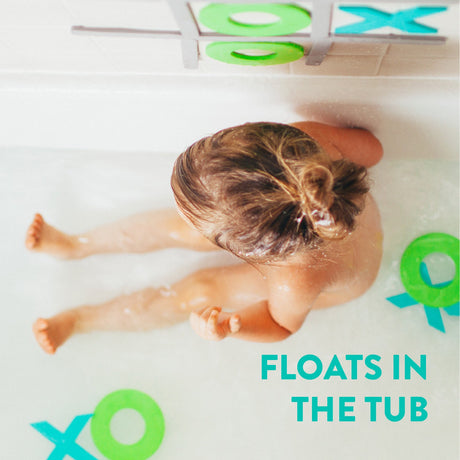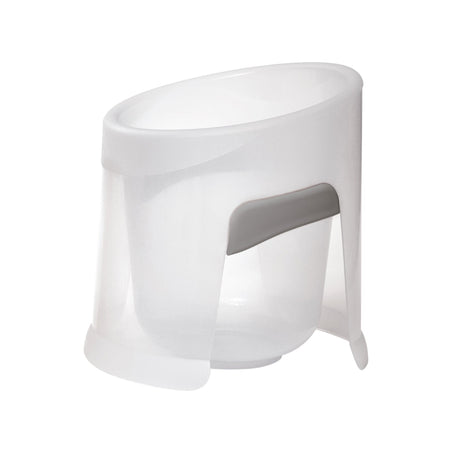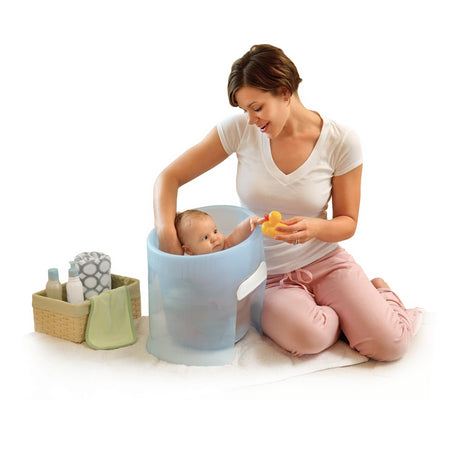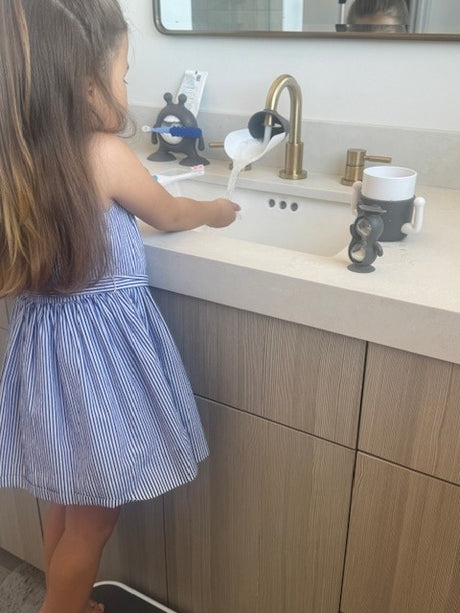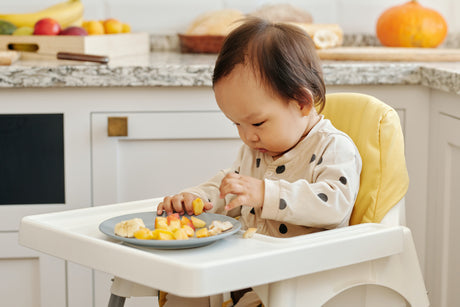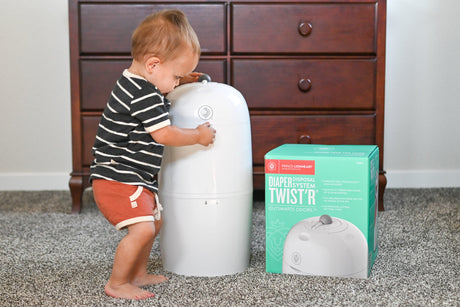Ensuring the safety of baby toys is crucial for every parent or guardian. With so many options in the market, it’s important to know what to look for and how to avoid potential hazards. This FAQ blog will guide you through the essential steps to ensure that the toys you choose for your little ones are safe and reliable.
Check for Safety Certifications
Before purchasing a toy, always check for safety certifications like ASTM or CPSC compliance labels. These indicate that the toy has met specific safety standards.
Safety certifications are not just bureaucratic formalities; they are rigorous checks that ensure the toy’s construction, materials, and even design are safe for babies. When you see these labels, it means the toy has been tested for things like flammability, substance content, and potential physical hazards. Understanding and recognizing these certifications can significantly reduce the risk of accidents and give you peace of mind.
Different countries have varying safety standards. Make sure you’re familiar with the certifications relevant to your region. For example, the CE mark is essential within the European Union, and recognizing these distinctions can further safeguard your child.
Inspect Toys for Small Parts
Small parts can be a choking hazard for babies. Conduct a thorough inspection to ensure all components are securely attached and appropriate for your child’s age.
Often, toys that seem safe at first glance might have small parts that can detach. Look out for loosely attached eyes on soft toys or wheels on small cars. Regular inspection after purchase is just as crucial. Over time, wear and tear can transform a once-safe toy into a hazard. Stay vigilant and conduct routine checks to ensure continued safety.
Research Material Safety
Ensure that toys are made of non-toxic materials. Avoid those containing harmful chemicals such as BPA, phthalates, and lead.
Understanding the composition of a toy, particularly for babies who are likely to chew on them, is critical. Always verify if the toy is labeled BPA-free and whether it avoids other undesirable chemicals. The material safety of toys isn’t just about the physical feel; it’s about the unseen risks that can affect a child’s development and health in the long term.
Parents can look up the latest studies on safe materials and become informed consumers. Organizations like the Environmental Working Group provide resources and guides on toxin-free products, helping you make better choices.
Regularly Clean and Maintain Toys
Regular cleaning helps prevent the buildup of germs and bacteria. Use mild soap and water, and follow any manufacturer cleaning instructions.
Toys often end up in places that are breeding grounds for germs, such as in a child’s mouth or on the floor. Cleaning toys routinely can prevent harmful bacteria from causing illnesses. Each toy type may require a different cleaning method- fabric toys might need washing machines, while plastic toys benefit from a wipe-down with a sanitized cloth.
Maintaining toys isn’t just about cleaning; it also involves ensuring they are in good working condition. Scan for loose parts or splintering on wooden toys, especially if they’ve been part of rough play. Keeping toys maintained extends their life and continues to keep them safe.
Stay Informed About Toy Recalls
Keep an eye on the latest toy recalls. Register new toys with manufacturers when possible to receive updates directly.
Toy manufacturers often recall products if a safety issue is discovered post-release, which makes staying informed about recalls critical in preventing potential accidents. Websites like the U.S. Consumer Product Safety Commission offer updated recall lists and information. This way, you can ensure your child isn’t exposed to recalled items.
Final Thoughts on Baby Toy Safety
Keeping your baby safe is a top priority, and by following these guidelines, you can make informed choices about the toys you bring into your home. Always stay vigilant about updates in safety regulations and trust your instincts. A little caution goes a long way in ensuring that playtime is both safe and fun for your child. For more information and a selection of safe toys, visit our homepage.
